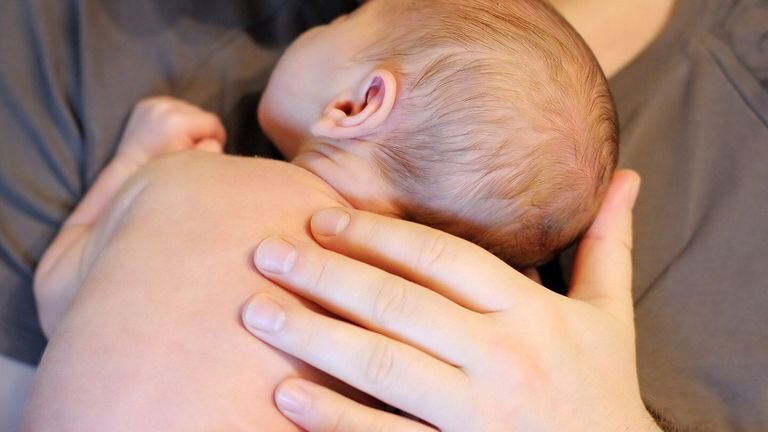Child Vaccination Chart
Vaccination is considered to be one of the greatest breakthroughs in the history of medical science. Vaccines are the most effective and trusted way to safeguard your children from the worst of contagious and deadly diseases.
A child’s immunity is very low when it is born and until the age of 12 years, they are highly vulnerable to contract severe bacterial and viral diseases. Certain diseases like hepatitis, HVP, diphtheria and rotavirus, can prove to be fatal for your child. However, these diseases are vaccine-preventable and once your child is immunized, there is a reduced possibility for your child to contract the disease. While the possibility cannot be completely ruled out, it can still prevent your child from dire consequences and serious complications. Timely vaccination ensures that your baby develops at least 90 percent immunity against the deadly and contagious diseases. Being a responsible parent, it calls for you to follow the child vaccinations schedule strictly, to ensure your child’s safety.
The following chart will act as a ready reckoner for you to follow strictly without missing out the timelines.
| Age | Vaccines |
| At Birth | BCG vaccine for tuberculosis OPV vaccine for polio Hepatitis B vaccine |
| 6-8 weeks | DTaP/DTwP- Diphtheria, Tetanus and Pertussis vaccine Hib- Haemophilus influenzae type B vaccine, Rotavirus, IPV- Injectable Polio Vaccine, Hep B-Hepatitis B Vaccine |
| 10-16 weeks | DTaP/DTwP-Diphtheria, Tetanus and Pertussis, Hib-Haemophilus influenzae type B vaccine, Rotavirus, IPV-Injectable Polio Vaccine |
| 14-24 weeks | DTaP/DTwP-Diphtheria, Tetanus and Pertussis, Hib-Haemophilus influenzae type B vaccine, Rotavirus, IPV-Injectable Polio Vaccine |
| 6 months | OPV-Oral Polio Vaccine, Hep B-hepatitis B vaccine |
| 9 months | OPV-Oral Polio Vaccine, Measles, MMR-Measles, Mumps and Rubella vaccine |
| 9-12 months | Typhoid CV-typhoid conjugate vaccine |
| 12 months | Hep A-Hepatitis A vaccine |
| 15 months | PCV-Pneumococcal conjugate vaccine Booster, MMR-Measles, Mumps and Rubella vaccine |
| 16-18 months | IPV-Injectable, Polio Vaccine, Hib-Haemophilus influenzae type B vaccine, DTaP/DTwP-Diphtheria, Tetanus and Pertussis |
| 18 months | Hep A-Hepatitis A vaccine |
| 2 years | Typhoid Booster |
| 4-6 years | OPV-Oral Polio Vaccine, Typhoid Booster, DTaP/DTwP-Diphtheria, Tetanus and Pertussis Booster |
| 9-15 years (girls) | HPV- Human papillomavirus |
| 10-12 years | Tdap/ Td-Tetanus, Diphtheria and Pertussis vaccine |
Post vaccination care of your child
Vaccines usually contain the dead or inactivated agent, bacteria or virus, associated with the disease, and they help build antibodies inside the body which are strong enough to fight the infection. Post-vaccination care of your child is extremely important because certain mild reactions are very common after vaccination. The reactions basically are a result of the child’s body working harder to make antibodies. The most prominent symptoms noticed after vaccination are:
● Redness at the site of injection
● Swelling at the site of injection
● Low-grade fever
● Trouble in falling asleep due to pain
It is very important to comfort your baby during and after vaccination. Parents should stay nearby so as to calm your baby during the injection. If there is too much pain or redness on the injection site, you can use a numbing cream, to soothe your baby. Immediately after the injection shot is given, gently rub your child’s skin because a light massage can help dampen the pain of the injection.
Generally, before the child turns 2, he has tolerated more than 20 shots of injection. You can also ask your doctor if there are combination vaccines available. In this, vaccinations for several diseases are combined into one shot so that the number of injections for your child are reduced. These include tetanus, diphtheria, and acellular pertussis (Dtap) vaccine, which are combined with the polio and hepatitis B vaccines, or the polio and haemophilus influenzae type b (Hib) vaccines.


